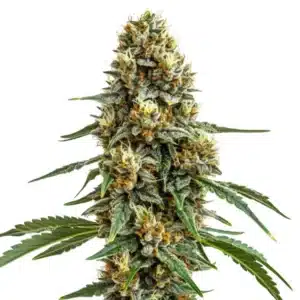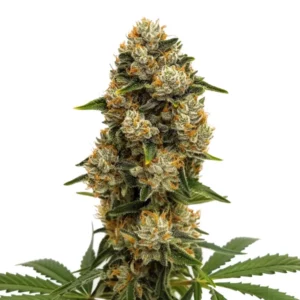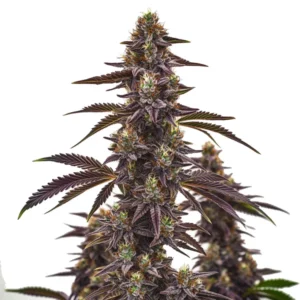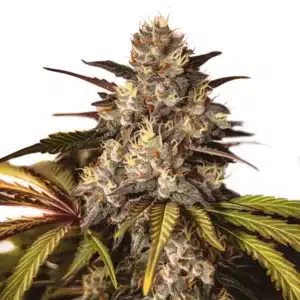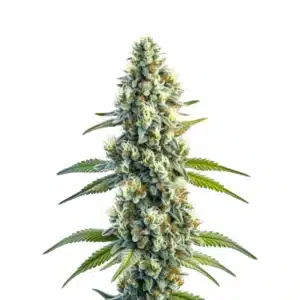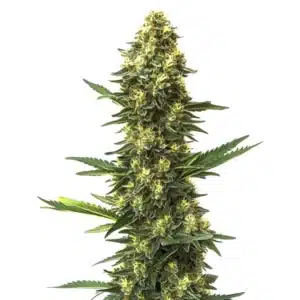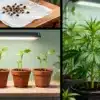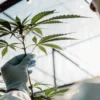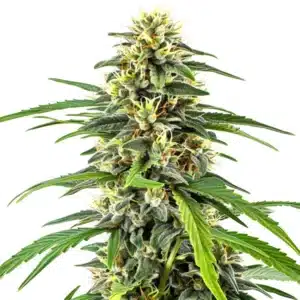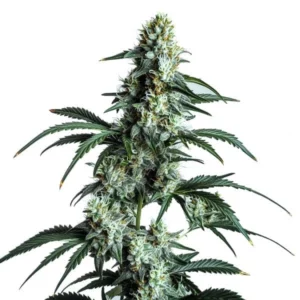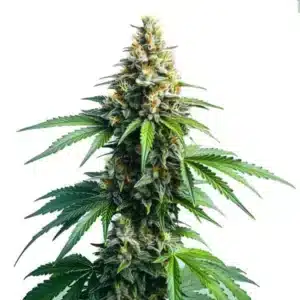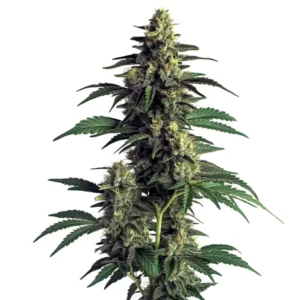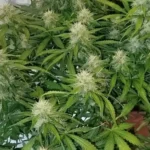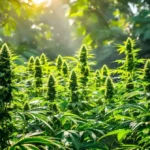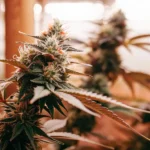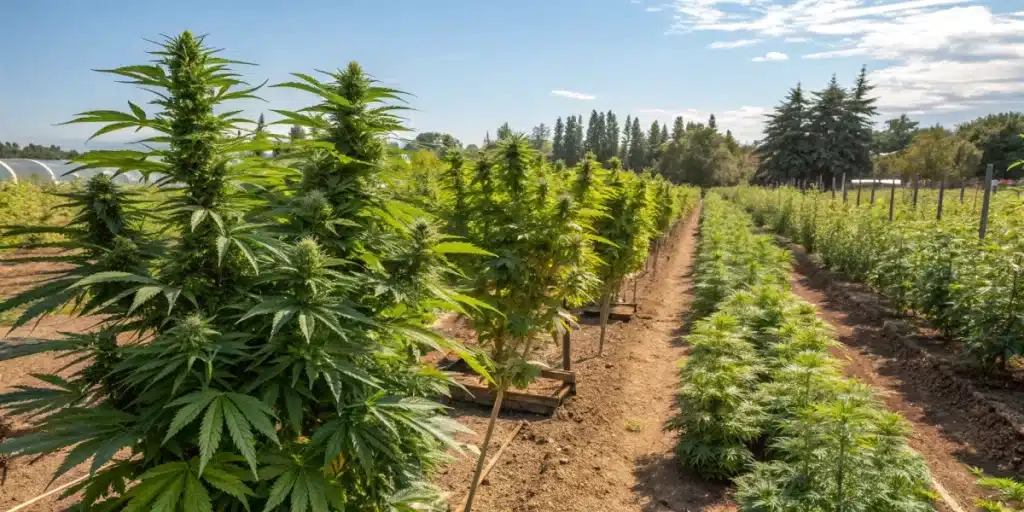
Jungle Warfare: A Grower’s Guide to High Humidity
Growing cannabis in a hot, humid climate is like fighting a war in the jungle. Your number one enemy is invisible, silent, and all around you: moisture. That constant, heavy, thick humidity is the perfect breeding ground for the ultimate harvest-killer: mold and bud rot.
To win this war, you can’t just plant any seed. You need to think like a jungle fighter. You need to choose the right soldier for the job, and you need to master the art of airflow.
Recommended Strains
Durban Poison
|
|
THC | 15% - 25% (Medium) |
|
|
Type | Feminized |
|
|
Yield | Medium |
|
|
Phenotype | 10% Indica / 90% Sativa |
Durban Poison Autoflower
|
|
THC | 21% - 25% (Medium) |
|
|
Type | Autoflowering |
|
|
Yield | Low |
|
|
Phenotype | 20% Indica / 80% Sativa |
The Evolutionary Advantage: Why Sativas Rule the Tropics
So, what kind of soldier thrives in the jungle? A Sativa-dominant one. This isn’t just an opinion; it’s a matter of evolutionary science.
Sativa genetics were born and raised in the sweltering, humid, tropical regions around the equator. Over thousands of years, they adapted to survive these exact conditions.
- They grew taller, with more space between their nodes.
- Their foliage became less dense.
- And most importantly, their buds developed a more airy, open, and fluffy structure.
All of these traits are a brilliant natural defense system designed for one purpose: to promote maximum airflow. This prevents that deadly, stagnant moisture from getting trapped inside the dense parts of the plant and turning into mold.
Indicas, on the other hand, evolved in the dry, windy mountains. They are short, dense, and bushy with tightly packed buds. In a humid climate, this dense structure is a death trap for moisture.
Promos & Deals
The Science of “Breathing”
Here’s something else to understand. A plant “drinks” by pulling water up from its roots, and it “exhales” that water vapor through the pores in its leaves. This process, called transpiration, is what keeps the whole system flowing.
But when the air around the plant is already saturated with 90-100% humidity, the plant cannot exhale. The system gets backed up. It can’t draw up fresh water and nutrients from the roots efficiently. This stresses the plant and creates the perfect, damp conditions for rot to set in.
Your Battle Plan: Create the Breeze
So, how do you fight back? You become the master of airflow.
- Space Them Out. Give your plants much more space between them than you think you need. Overcrowding is your enemy.
- Prune Aggressively. Strip away the big, bushy fan leaves and lower branches, especially in the center of the plant. You want to create clear channels for wind to blow through the entire structure.
- Use Fans. In a tent or greenhouse, you need multiple oscillating fans running constantly to keep the air moving and break up any pockets of stagnant, humid air.
When you’re choosing your genetics, look for the battle-tested jungle fighters. A true landrace Sativa like Durban Poison from South Africa, a tropical legend like Maui Wowie from Hawaii, or a resilient hybrid like Amnesia Haze are all fantastic choices. You Nurture them by giving them the breeze they crave, and you’ll be able to Cultivate a beautiful Homegrown harvest even in the thick of the jungle.
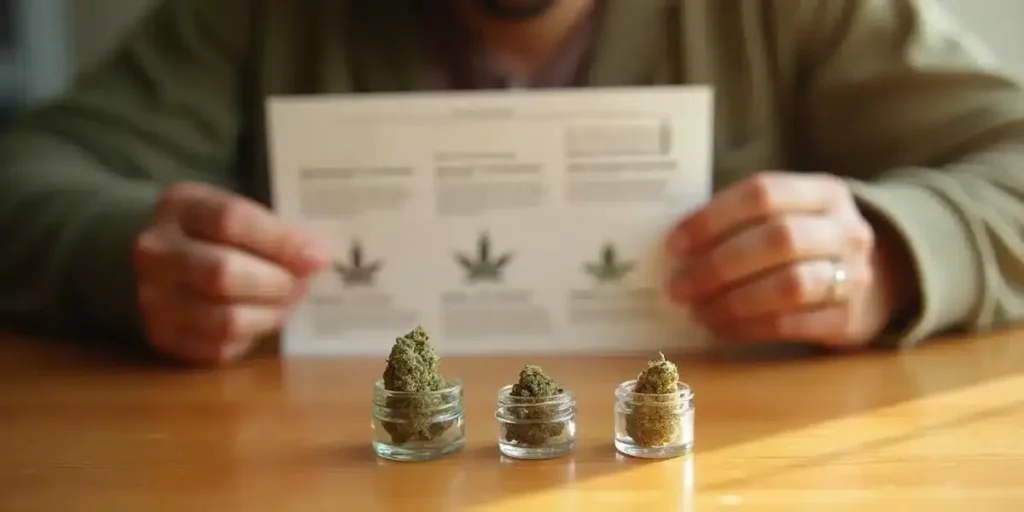
Frequently Asked Questions
Why are Sativa strains better for high-humidity climates?
Because of evolution. Sativas adapted to grow in tropical, equatorial regions. They naturally developed a taller, lankier structure with more space between branches and buds that are more airy and open. All of these traits are designed to maximize airflow and prevent moisture from getting trapped, which is the number one defense against mold.
What is the biggest danger of growing cannabis in a very humid environment?
Mold and bud rot. Without a doubt. High humidity creates the perfect breeding ground for the types of fungus that can ruin an entire harvest, often from the inside out. Preventing mold through aggressive airflow management is the number one job of a grower in a humid climate.
Besides choosing the right strain, what is the most important thing I can do to prevent mold?
Maximize airflow. This is your number one priority. You can do this by giving your plants plenty of space between each other, by pruning away the dense lower foliage to open up the plant’s structure, and by using fans to keep the air constantly moving.
How does very high humidity actually harm the plant, besides causing mold?
It can suffocate it. Plants need to “exhale” water vapor through their leaves in a process called transpiration. If the air is already saturated with water (high humidity), the plant can’t exhale properly. This can slow down its ability to draw up fresh water and nutrients from the roots, leading to stress and stunted growth.


